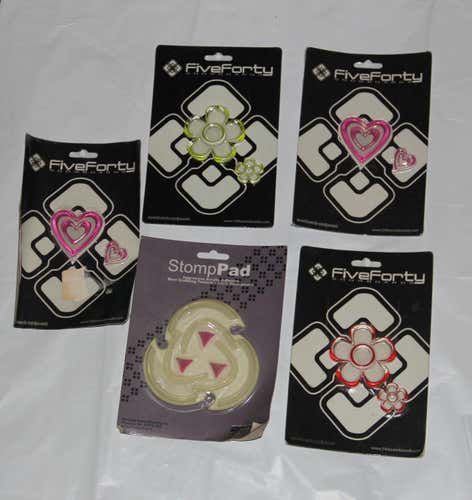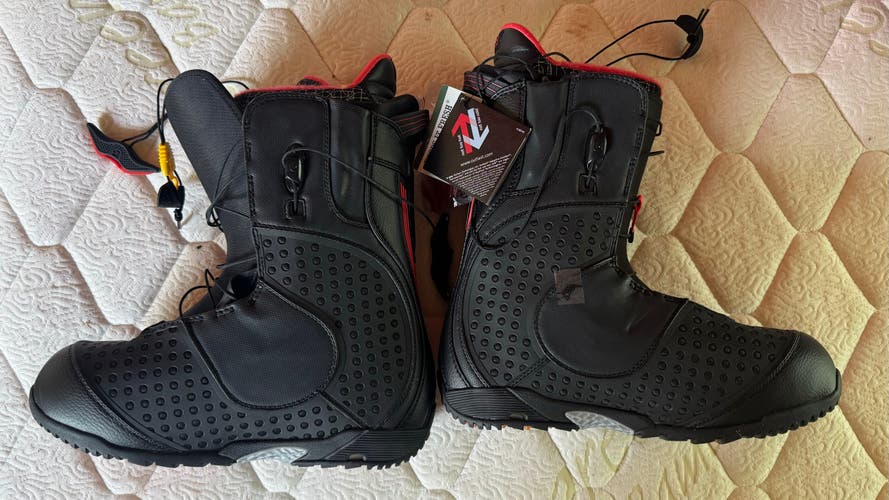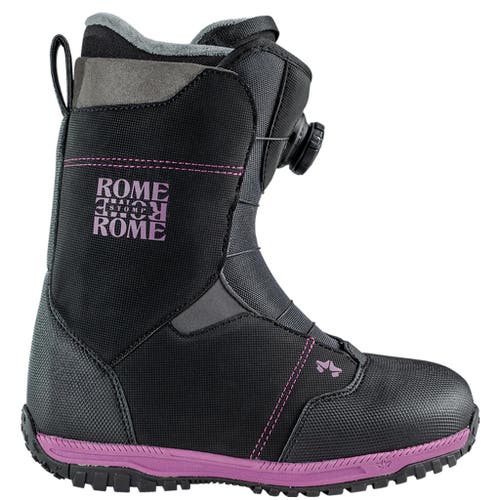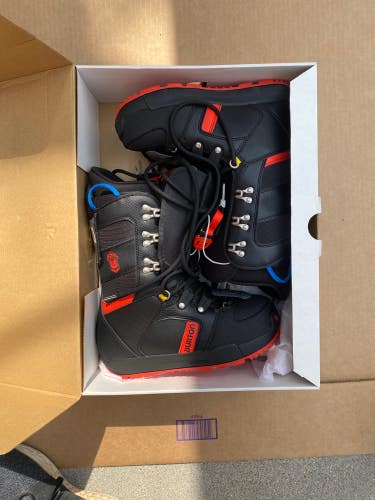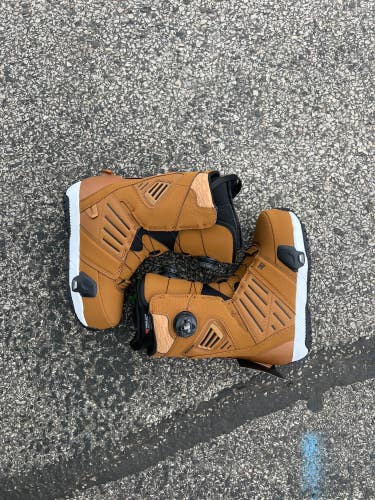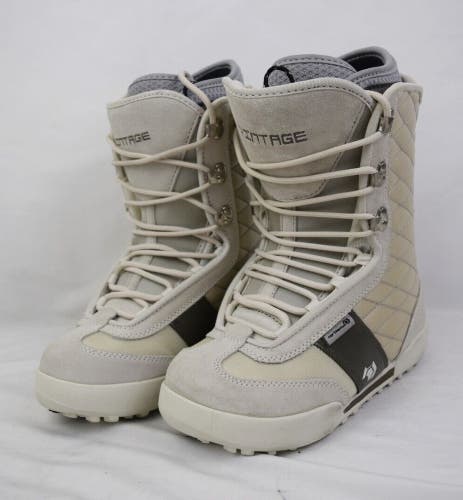Choosing the right lacing system for your snowboard boots is important in ensuring comfort, support, and performance while riding. There are several types of lacing systems, each with pros and cons. Here's a breakdown of the most common lacing systems and tips on how to choose the best one for you:
Traditional Lacing: This is the classic system where you tie your boots with regular laces, just like regular shoes.
- Pros:
- Customizable Fit: You can adjust the tightness in different boot areas (e.g., tighter at the ankle or looser at the toes).
- Simple and Reliable: It's easy to use and has no mechanism to break or malfunction.
- Lightweight: Traditional laces are often the lightest option.
- Cons:
- Time-Consuming: Lacing and un-lacing can take more time than other systems.
- Uneven Tightening: You may need to adjust the tension carefully to avoid creating pressure points.
- Potential for Laces to Come Loose: Regular laces can come undone if not tied properly or worn out.
Speed Lacing (Quick-Pull Lacing): Uses a system of cables or cords that tighten quickly with the pull of a single cord. Some versions have two zones: one for the lower boot and another for the upper.
- Pros:
- Fast and Convenient: Lacing your boots takes just a few seconds, making it easy to adjust on the fly.
- Even Tension: The system often allows for more even tightening across the boot, reducing pressure points.
- Good for On-the-Fly Adjustments: Ideal for riders who want to quickly adjust their boots during the day without having to re-tie anything.
- Cons:
- Limited Fine-Tuning: You have less customization in how tight or loose you can make specific areas compared to traditional lacing.
- Durability: The cables or cords in speed lacing systems can wear out over time, potentially requiring replacements.
BOA Lacing System: Uses a dial to tighten or loosen the boots, with steel cables running through eyelets. Turning the dial tightens the laces evenly while pulling the dial out releases the tension.
- Pros:
- Fast and Precise Adjustments: The BOA system allows for micro-adjustments, giving you a precise and even fit.
- Even Pressure Distribution: Since it’s dial-based, pressure is distributed evenly across your foot and ankle.
- Durable and Low Maintenance: BOA dials and cables are built to last and are generally low maintenance.
- Single-Hand Operation: You can easily adjust your boots with one hand, which is great when wearing gloves.
- Cons:
- Potential for Dial Malfunctions: While the system is durable, dials can sometimes malfunction, especially if caught in snow or ice. However, this is rare and often fixable.
- Limited Customization: While you can adjust the tightness, it may not offer the same fine-tuned flexibility as traditional lacing systems.
Hybrid Lacing Systems: Combines traditional laces with either speed lacing or BOA. For example, you might have BOA for the upper part of the boot and traditional laces for the lower part.
- Pros:
- Best of Both Worlds: Offers the quick adjustment of BOA or speed lacing with the customizable fit of traditional laces.
- Enhanced Support: Hybrid systems often provide extra support in specific areas, making them ideal for performance-driven riders.
- Cons:
- Complexity: With two types of lacing to manage, hybrid systems can be more complicated than single-solution systems.
- Cost: Hybrid boots may be more expensive due to the system's complexity.












